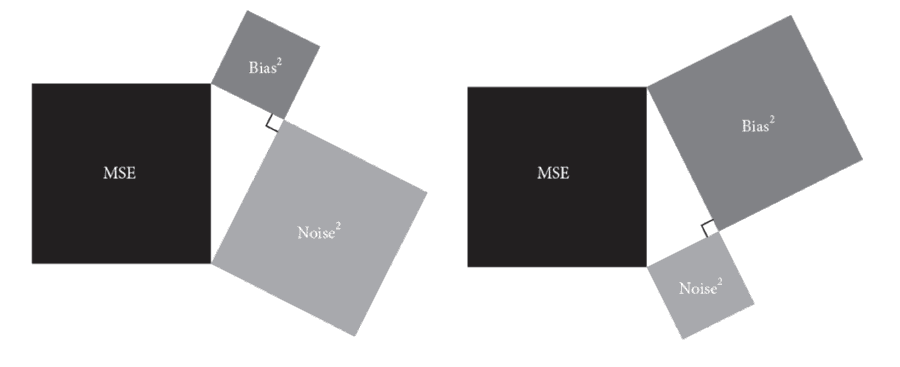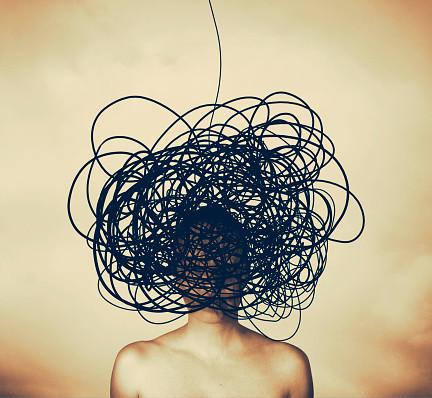A Conversation with Daniel Kahneman About “Noise” - By Evan Nesterak - Behavioral Scientist
Curated from: behavioralscientist.org
22
Explore the World's Best Ideas
Join today and uncover 100+ curated journeys from 50+ topics. Unlock access to our mobile app with extensive features.
Two types of error that influence decision-making
When it comes to accuracy in decision-making, there are two types of error:
- Bias, which is an average error
- Noise is the variability of error.
For example:
In a noisy system, judges give vastly different sentences to defendants who committed the same crime. Some judges give a one-month sentence, others one year, others seven years, and others somewhere in between.
In a biased system, judges might consistently give sentences too high for certain crimes.
In many situations, noise is a more severe source of inaccuracy and error than bias.
54
1.02K reads
Bias vs noise
Bias in an average error. It is also a psychological mechanism that causes systematic errors in people's judgments. It explains why an individual will make one mistake over another.
Noise is the phenomenon of individual differences. It's variability across individuals.
47
909 reads
Organisations can address noise with a "noise audit"
You can do a noise edit if you have several employees performing an interchangeable function, like different federal judges, doctors, or different underwriters in an insurance company.
In a noise audit, people are given a realistic problem that they could encounter on their job. Then look at the variability of judgments. If the judgements are variable, then errors are variable.
47
807 reads
What to do after the noise audit
If you realise that there's more variability than you expected, you have several possibilities:
- If the judgement is relatively simple, consider if you actually need human judgment or if you can replace judgment with some rule or algorithm. For example, the Apgar score, how to decide whether infants are healthy, is a rule.
- In more complex cases, try to discipline judgment with "decision hygiene". It is a disciplined process where people making judgments follow the same thought process and likely reach similar conclusions.
52
704 reads
Decisions hygiene is a disciplined process
Decision hygiene is intended to reduce noise, but it is also applicable to single decisions where noise is invisible.
When facing a decision with multiple options, treat options like job candidates. Break up the problem and evaluate various aspects of the option, just like you would break up various traits of candidates. Do that while keeping the specific judgements:
- fact-based as much as possible
- as independent of each other as possible
52
673 reads
Noise can be reduced, not eliminated
Wherever there is judgment, there will be noise. When trying to reduce noise, you can expect some pushback as people perceive what is happening as limiting their options and as a bureaucratic infringement on their role.
Employees who are affected by this have to see this as something that helps them do their job, rather than something that replaces them or constrains them too much.
The purpose is not to eliminate intuition, but to delay it - to engage in a disciplined thought process before they form an intuition or global judgment.
51
586 reads
Situations where noise reduction doesn't apply
Reducing noise is primarily for organizations that make judgments and decisions, and it wants to do that with one voice. Noise is unwanted variability.
In many other situations, diversity is actually interesting and valuable, for example, film reviewers and creative processes. There are also situations where a team with diverse expertise make partial judgments that you don't want to be identical. You want them to reflect different characteristics of the problem.
46
578 reads
IDEAS CURATED BY
CURATOR'S NOTE
Noise is unwanted variability in judgments. Noise covers another way we make systematic errors in decision-making.
“
Makayla D.'s ideas are part of this journey:
Learn more about psychology with this collection
How to handle conflicts
How to identify and regulate emotions
How to develop self-awareness
Related collections
Similar ideas
3 ideas
Have We Been Ignoring the Biggest Flaw in Human Judgment?
psychologytoday.com
3 ideas
17 ideas
Thinking, Fast and Slow
nextbigideaclub.com
Read & Learn
20x Faster
without
deepstash
with
deepstash
with
deepstash
Personalized microlearning
—
100+ Learning Journeys
—
Access to 200,000+ ideas
—
Access to the mobile app
—
Unlimited idea saving
—
—
Unlimited history
—
—
Unlimited listening to ideas
—
—
Downloading & offline access
—
—
Supercharge your mind with one idea per day
Enter your email and spend 1 minute every day to learn something new.
I agree to receive email updates




